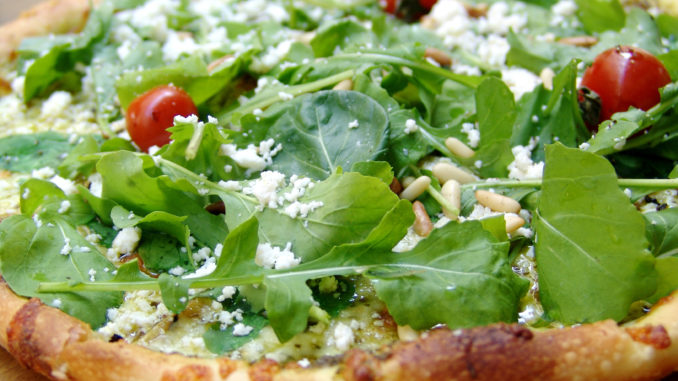
Sodium or salt is virtually everywhere in foods. From fish and other meats to breads, cheeses, and more, salt is a natural part of many different foods. In addition, salt is often added to foods for flavouring, texture, and preservation.
While sodium is needed for a healthy diet, too much can cause serious issues that involve high blood pressure and cardiovascular disease. For those who are sensitive to salt, the need to cut down is imperative. But what does a low sodium diet mean?
What is a Low Sodium Diet?
A low sodium diet starts by identifying the foods that can be consumed which contain as little sodium or salt as possible. The daily recommended intake of sodium is about 5 grams. And while that may seem to be a considerable amount, a typical American will consume many times that over the course of a single day.
A low sodium diet focuses on foods that natural contain less sodium and are not prepared or packaged which often contains even more salt. While this is almost impossible to fully avoid, those who are on low sodium diets can limit the amount of high sodium content food in their diets.
The goal is to restrict the amount of sodium to no more than 3,000 mg per day. Considering that one teaspoon of table salt contains 2300 mg, that is no easy task.
Why Do People Need to Go on a Low Sodium Diet?
There are good reasons to go on a low sodium diet, especially if you suffer from conditions that may be made worse by consuming too much sodium or salt.
Such conditions include but are not limited to the following.
- Cardiovascular Disease
- High Blood Pressure
- Kidney Disease
All three conditions are made worse by taking in too much sodium. To combat this, a person will need to consume lower amounts of salt. This can be done by focusing on the following foods and obtaining them in their raw form.
Cooked or prepared meals, such as those found in restaurants or certain types of packaging may have salt added for flavoring, texture, or preservation.
A List of 10 Foods Low in Sodium
1) Alaskan Salmon
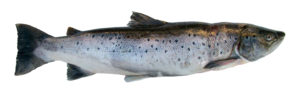
A 3-ounce serving of Alaskan salmon that was wild-caught and not farm-raised contains about 50 mg of salt. That is quite low for a fish spends part of the time in the ocean. In addition, wild-caught Alaskan salmon contains plenty of Omega-3 fatty acids, Vitamin D, phosphorus, and minerals to help protect your bones, brain, and the neurological functions of the body.
2) Avocados
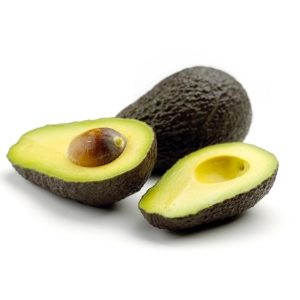
If you eat half of an avocado, you are consuming about 10 mg of sodium. The advantages of avocados include fiber, healthy fats, and phytochemicals that can help prevent disease from infecting the body. The monounsaturated fats found in avocados can help regulate blood sugar levels along with improving the overall health of the mind and body.
3) Brown Rice
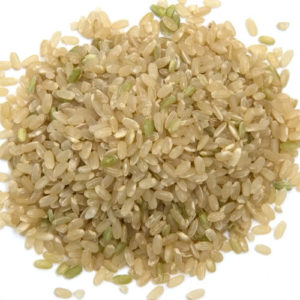
Natural brown rice contains no sodium. However, it may be difficult to find because salt is often added in the packaging or preparation of the rice. If you do obtain natural brown rice with no salt, then add other spices such as turmeric, cayenne, or paprika for a dash of flavor.
4) Free-Range Eggs
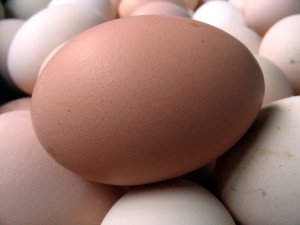
Eggs are a naturally healthy food, but free-range eggs contain about 70 mg of sodium per egg. Eggs contain carotenoids that help prevent chronic illnesses and Omega-3 fatty acids that are known to fight heart disease.
5) Fruit
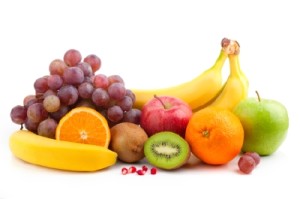
Fresh fruit is naturally low in sodium. Just remember to avoid fruit that is canned or in a jar. Some fruits that contain little to no sodium include apples, bananas, blueberries, cantaloupes, grapefruit, honeydew, pears, plums, strawberries, and watermelon.
6) Goat Cheese
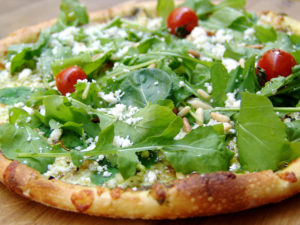
While most cheese is loaded with salt goat cheese is an exception. An ounce of goat cheese contains about 40 mg of sodium which makes it the perfect addition to vegetables, salads, or omelettes. In addition, goat cheese is easy to digest thanks to the presence of softer curd that creates less irritation in the stomach and intestinal track.
Goat cheese is also known for its anti-inflammatory properties and is a great substitute for those who may be allergic to cheese made from cow milk.
7) Grass-Fed Beef
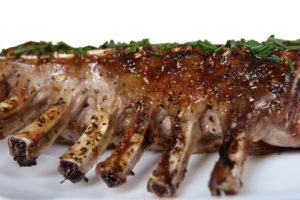
Normal beef has higher contents of salt because of the foods that cattle consume. Grass-fed beef is quite low in sodium, about 45 mg per patty. Plus, such beef contains higher amounts of Omega-3 fatty acids that help reduce inflammation, fight cancer, and even lower the risk of heart disease and diabetes.
8) Oats
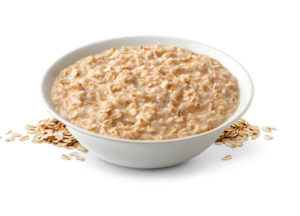
Rolled and raw steel-cut oats do not contain any sodium. This is the type of oats that you want to consumer. Instant oatmeal may contain up to 200 mg of sodium. Oats that are not refined have a low glycemic score which translates to aiding digestion, lowering levels of bad cholesterol, and boosting your immune system.
9) Vegetables
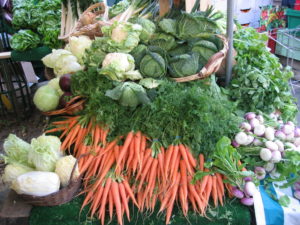
Fresh vegetables are considered low in sodium with some containing no sodium at all such as asparagus, cucumber, eggplant, garlic, green beans, and squash. Vegetables that contain 140 mg of sodium or less include artichokes, beets, bell peppers, broccoli, celery, spinach, and sweet potatoes. In addition, onions, brussels sprouts, collard greens, and mushrooms contain little in the way of sodium as well.
However, if you add seasoning or sauce to the fresh vegetables, you are also adding sodium. Try baking, steaming, or stir frying the vegetables and adding seasoning that contains no sodium.
10) Yogurt
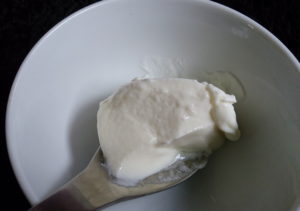
This is a probiotic food that helps support digestion, weight loss, and increases bone density. A single cup contains about 115 mg of sodium which also makes it a great choice when going with a low sodium diet. Just remember that yogurt which is flavoured may have salt added. So, it is best to combine natural yogurt with fresh fruit such as blueberries which also contain little in the way of salt.
There are many foods that are naturally low in sodium. The trick is to purchase them fresh and only season with alternatives to salt.

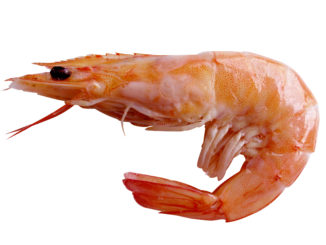
Be the first to comment